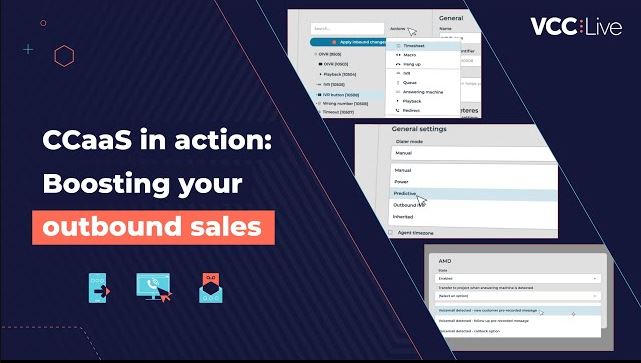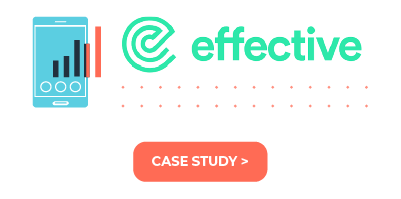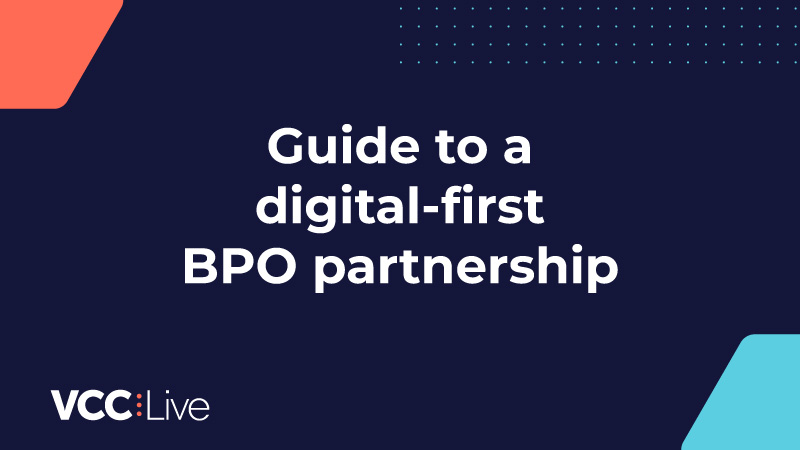Healthcare contact centers are often the first touchpoint for patients. Long hold times, missed follow-ups, and fragmented communication can quickly turn what should be a reassuring experience into a frustrating one.
The right technology and workflows can transform these challenges into opportunities: boosting patient satisfaction, increasing staff productivity, and ensuring compliance with strict healthcare regulations.
Here are the 5 most common problems healthcare contact centers face, illustrated through real-life scenarios, and solutions to address them.
1. Long wait times frustrate patients before the call even begins
A patient tries to call their clinic to confirm an appointment for a specialist consultation. They are placed on hold immediately. Five minutes pass. Ten minutes. The caller wonders if they should hang up, reschedule online, or even contact another provider. The staff, meanwhile, is juggling multiple calls, trying to keep the queue moving while handling urgent inquiries.
Reduce waiting with smarter routing and real-time data
Long wait times often stem from inefficient call distribution and overloaded reception teams. IVR and skills-based routing can ensure that patients reach the most appropriate agent on their first try. Calls can be routed based on specialty, urgency, or language preference, which avoids unnecessary transfers and speeds up resolution.
Real-time dashboards give supervisors visibility into queue lengths, abandoned calls, and wait times, allowing them to reassign resources dynamically. Some systems even allow patients to request a callback rather than staying on hold, ensuring they are reached in the order they contacted the clinic. By implementing these measures, clinics reduce frustration for patients, lighten the load on staff, and keep operations running smoothly.
2. Repetitive scheduling tasks drain staff time
During a typical morning shift, a receptionist spends hours manually confirming appointments or following up after procedures. While these tasks are necessary, they leave little time for agents to handle complex patient questions that require judgment and empathy.
Automate routine touchpoints
Automation can handle the majority of repetitive scheduling and follow-up tasks without human intervention. Appointment confirmations can be sent automatically via SMS or email immediately after booking, and reminders can be scheduled days or hours before the appointment. IVR systems can also handle calls for confirmations or rescheduling, guiding patients through the process without requiring an agent.
Automating these tasks not only reduces staff workload but also improves accuracy: the system eliminates the risk of missed calls, transcription errors, or forgotten follow-ups. Some platforms allow personalization, so patients receive tailored instructions based on the type of appointment, their previous history, or their preferred language. Agents then have more time to focus on urgent cases, complex inquiries, and patient concerns that truly require human interaction, improving overall satisfaction.
3. Fragmented communication across multiple channels
A patient sends an SMS to the clinic asking if their lab results are available. Hours pass with no response, so the patient calls the clinic to follow up. The phone agent has no access to the SMS conversation and asks the patient to explain everything again. Later, the clinic sends the results by email, which isn’t linked to the earlier messages. The patient ends up repeating themselves multiple times, and staff spend extra time trying to piece together the full context of the request.
Centralize all patient interactions
A unified platform ensures that all patient communication (across phone, SMS, email, webchat, instant messaging apps and social media) is visible to agents in a single interface. This means that when a patient contacts the clinic, agents instantly see the full conversation history, including prior questions, responses, and any pending tasks.
Beyond visibility, centralized platforms allow teams to maintain consistent messaging, follow up automatically, and ensure no patient falls through the cracks. Staff can assign tasks to each other, leave notes, and track interaction progress without switching between multiple systems. By centralizing communication, clinics can provide faster, more accurate responses while enhancing the overall patient experience.
4. Missed appointments and no-shows
A patient books an appointment weeks in advance, but life gets busy, and the day of the visit arrives with no show. The clinic loses revenue, the time slot goes unused, and rescheduling causes delays for other patients.
Keep schedules full with proactive reminders
Proactive appointment reminders are one of the simplest yet most effective ways to reduce no-shows. Automated systems can send SMS messages or emails at intervals that maximize patient compliance, for example, a week before, a day before, and a few hours before the appointment. IVR can also make automated calls for high-priority visits, such as pre-surgical consultations or lab appointments.
Some platforms allow patients to confirm, reschedule, or cancel directly from the reminder, automatically updating the clinic’s scheduling system. This reduces the need for staff intervention, minimizes errors, and keeps the calendar accurate. Clinics can also track patient engagement with reminders in real time, allowing staff to follow up personally with patients who do not respond, ensuring fewer missed visits and a smoother workflow overall.
5. Limited scalability without hiring more staff
When patient demand spikes (seasonal flu waves, vaccination campaigns, or new clinic openings), call centers often feel forced to hire additional staff to maintain service levels. This is costly and not always feasible.
Scale with automation and smart routing
Intelligent call routing, automated follow-ups, and predictive dialers allow clinics to handle larger call volumes without increasing headcount. Systems can prioritize incoming calls based on urgency or patient type, while automation manages routine tasks like appointment reminders, wellness follow-ups, and test result notifications.
By handling repetitive or predictable interactions automatically, agents can focus on complex or urgent patient needs. Predictive dialing can proactively reach patients for campaigns, delivering messages only when someone answers to maximize efficiency. Scaling in this way enables healthcare contact centers to maintain high-quality service during peak periods without overloading staff or compromising patient satisfaction.
Ready to transform your healthcare contact center?
Discover how VCC Live helps clinics and hospitals deliver better patient care while optimizing operations.
👉 Book a free demo today and see our contact center in action.



















